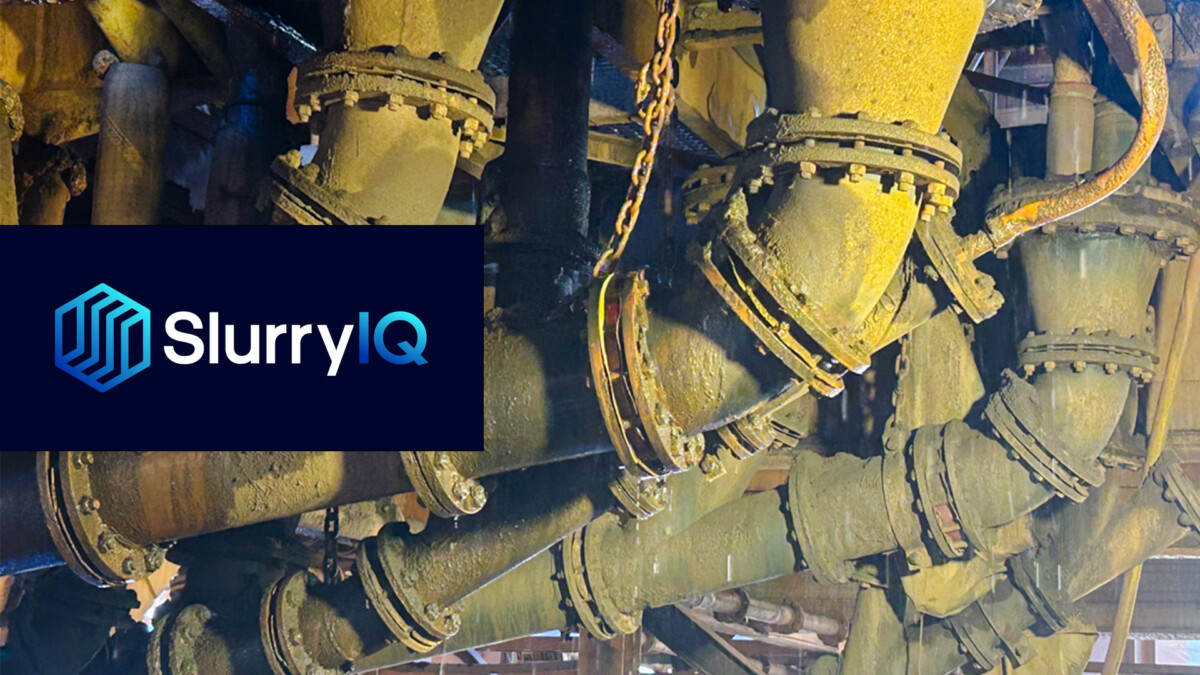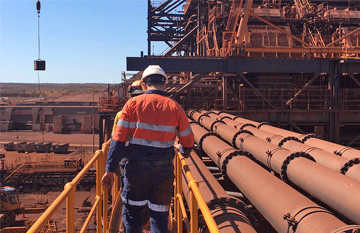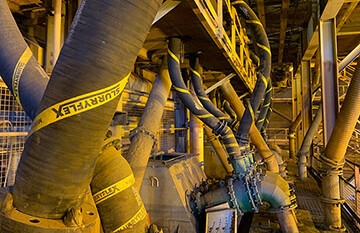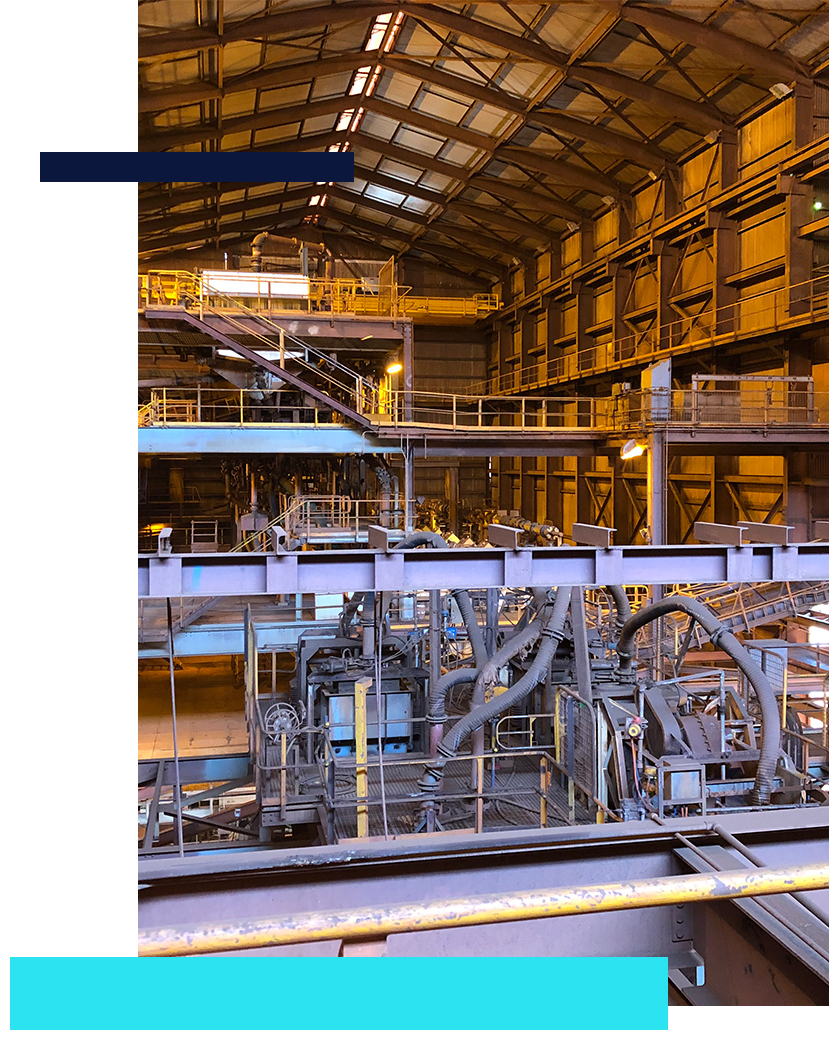
Constant hose failures and unplanned stoppages
The maintenance team at Rio Tinto’s Tom Price mine faced a critical issue: frequent hose failures and unplanned stoppages in their cyclone feedline piping. Hoses would hole out and leak slurry every 12-16 weeks – halfway between shutdowns.
Constant maintenance isn’t sustainable, so the team decided to upgrade their cyclone feed mining hose for good. This decision has increased the lifespan of the cyclone feed by four times, and it no longer fails between shutdowns.
So, how did they do it?
The team used our SlurryIQ process to upgrade all their cyclone feed piping at once. We worked with them to uncover the root cause of failures and laser scanned the site to create an updated 3D model, which we used to redesign, optimise and deliver custom piping.
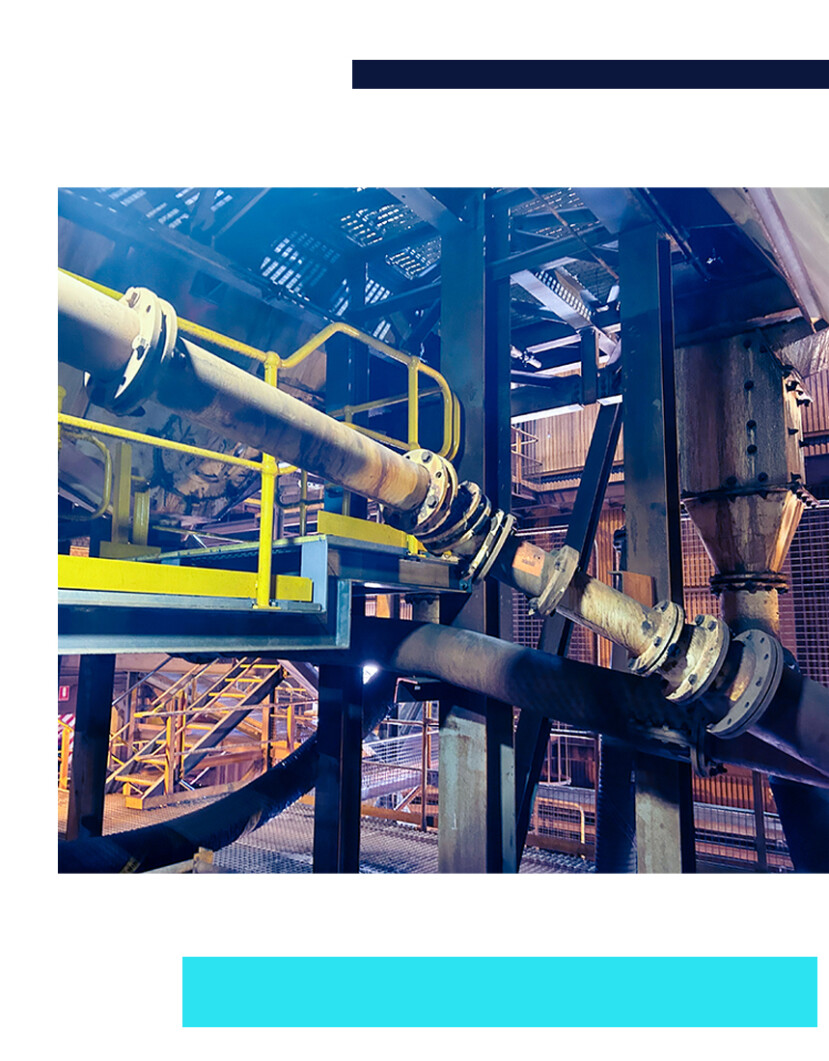
Finding the root cause of failure
Our piping specialists examined the source of the piping failures at Tom Price and found two key causes:
1. The piping in the cyclone feed had been designed poorly.
The piping at Tom Price was a complex mixture of different spools. Many of the bends used different spools, which would fail at different intervals.
This created a chaotic repair routine for the maintenance team.
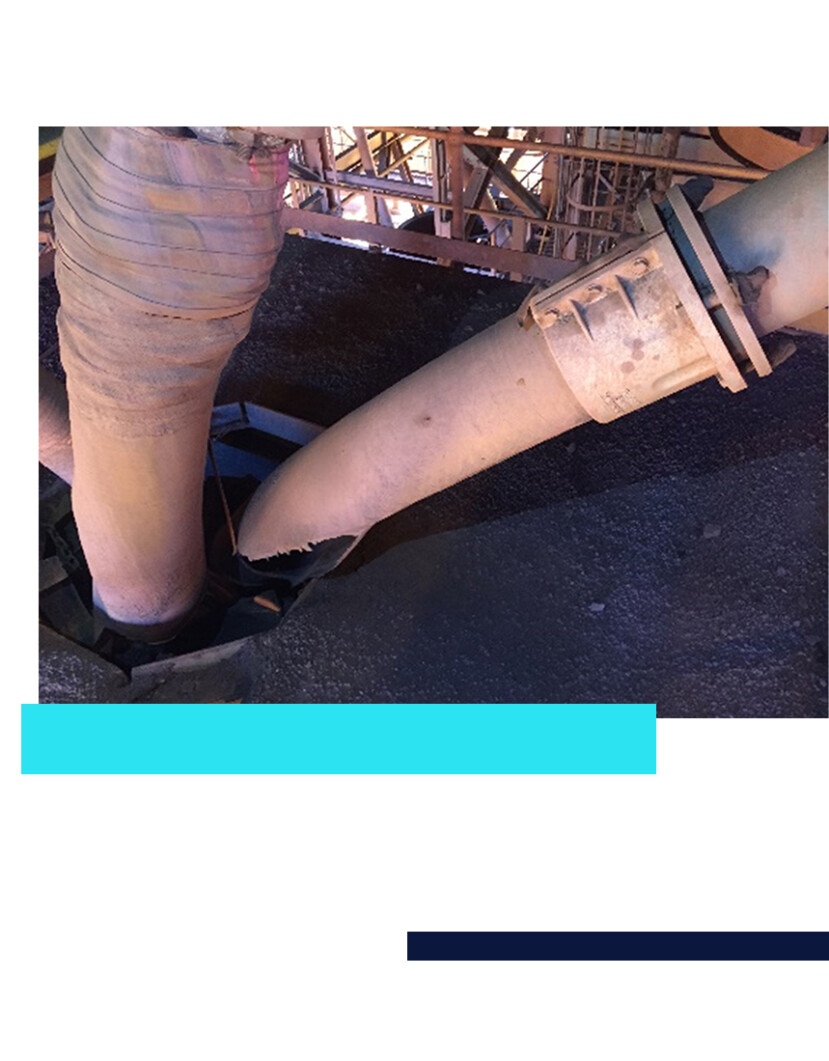
2. They were using the wrong type of hose for their cyclones.
When the original piping failed, the maintenance team used muff coupling hose to keep the line going.
Muff coupling hoses are used for quick emergency repairs but don’t cope well with abrasive slurry applications because they have a thin wear liner.
This cycle of failing piping followed by quick fixes with muff coupling hose meant the team were lucky to get to shutdown.
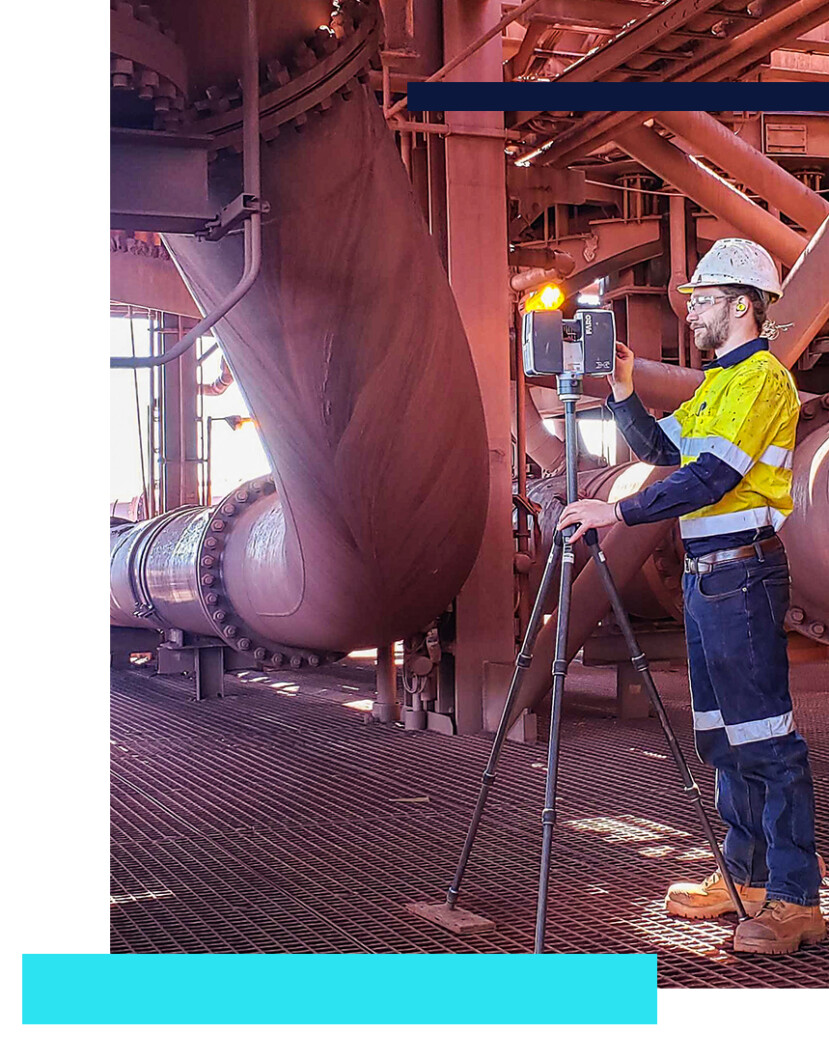
The plan to solve their piping problems
With the problems identified, we devised a plan with Tom Price to fix their piping problems for good.
- Identify upgrade areas: We identified 72 hoses across the 18 feed lines and 40 small, lined steel spools.
- Redesign Piping: To get to each shutdown, we would need to optimise their slurry piping design.
- Change Piping Material: The original piping failed too quickly, and thin muff coupling hose wasn’t the solution. We needed to change the hose materials.
- Take new measurements: Implementing these changes requires accurate plant drawings. After years of piping changes, drawings no longer matched the plant, so we also needed to measure the site.
Piping redesign to get to shutdown
Here’s how we helped the team upgrade their cyclone feed using SlurryIQ.

- 3D Scanning: We scanned the plant to get millions of data points, within a 2mm margin of error. Then our piping specialists have a solid base to redesign from.
- Piping optimisation: Using the captured point cloud, our design team redesigned their piping system to optimise for longer wear life. They achieved this by removing unnecessary bends, smoothing arcs, and standardising spool lengths. For the piping, we recommended using mining hose with thicker wear liners and pre-formed bends to allow for smoother slurry transfer and less wear.
- Wear Monitoring: We recommended installing wear indicators in their mining hose. Wear indicators allow the maintenance team to gauge when the hose is coming to the end of its life.
- Piping Manufacturing: Our manufacturing team in Brisbane custom made the piping and had it delivered before the next shutdown.
- Staged Upgrade Execution: Armed with precise CAD drawings, the team was ready to upgrade their piping system. We managed the production schedule around their shutdown plans to make it a smooth upgrade process.
Within months it was clear the new piping was working – they were getting more than four times the lifespan on the hoses. The addition of the inbuilt wear monitors means they have enough notice to re-order replacements and most importantly, the team are no longer forced to do quick fixes in between shuts. The piping now lasts to shutdown without issues.









